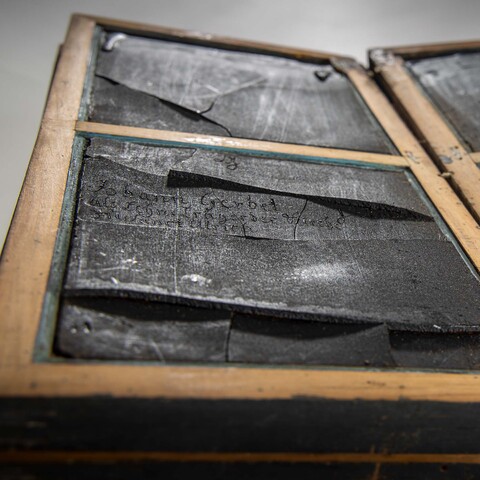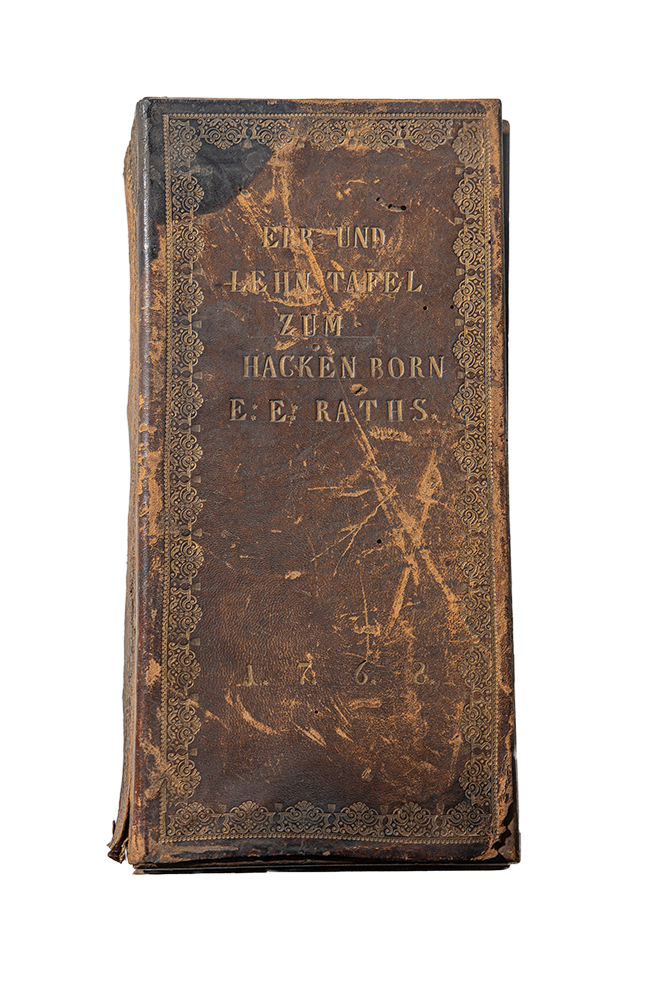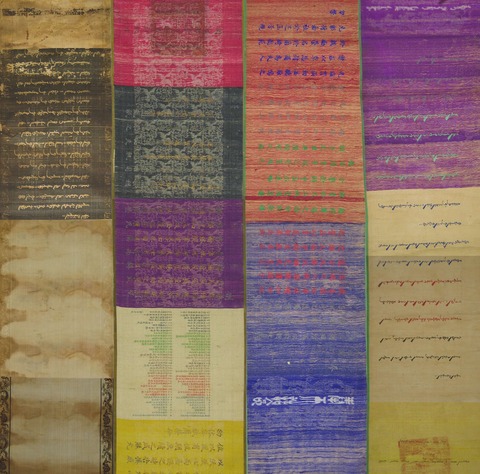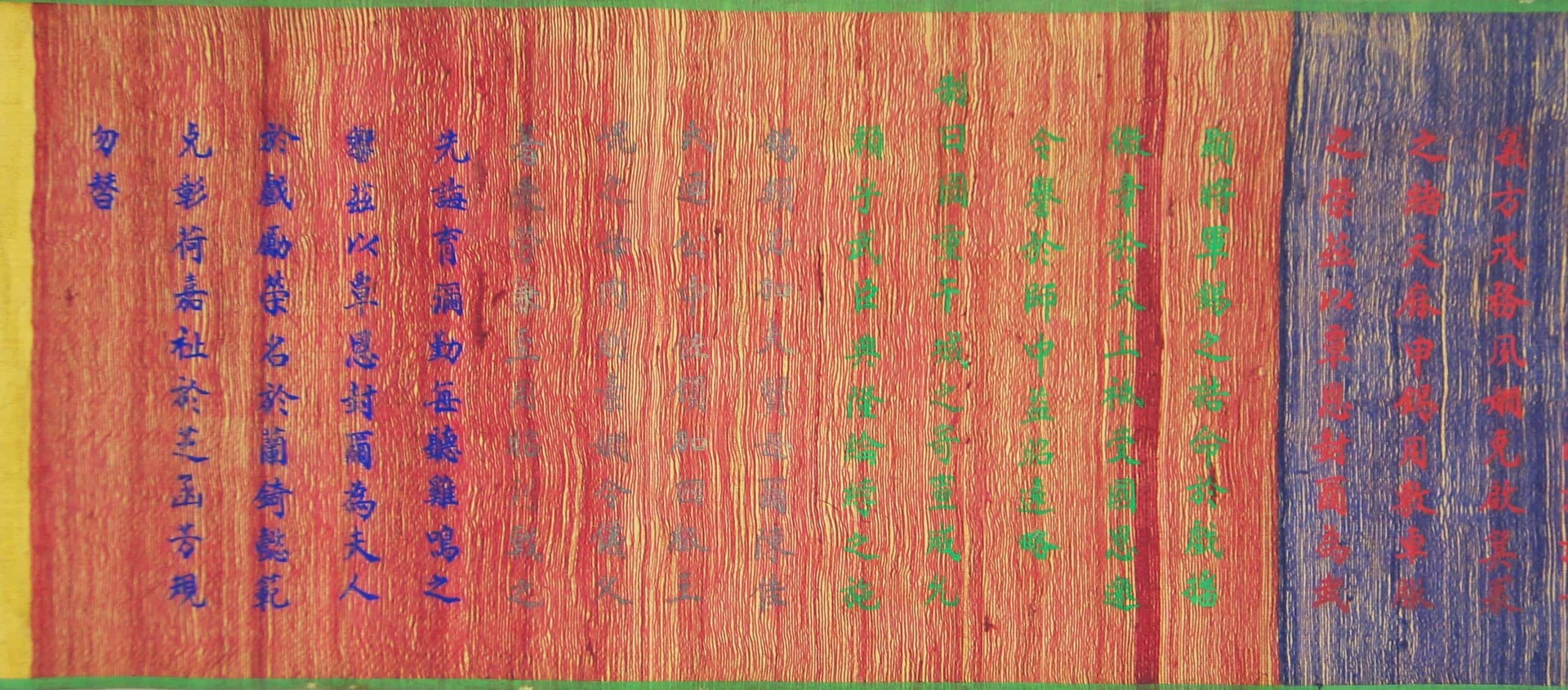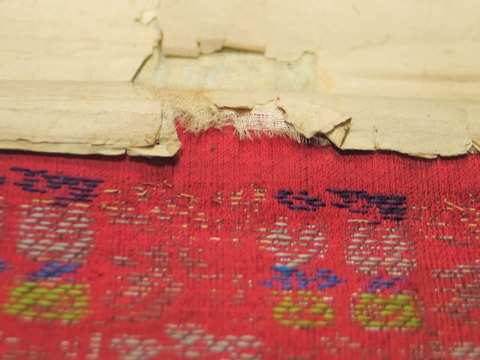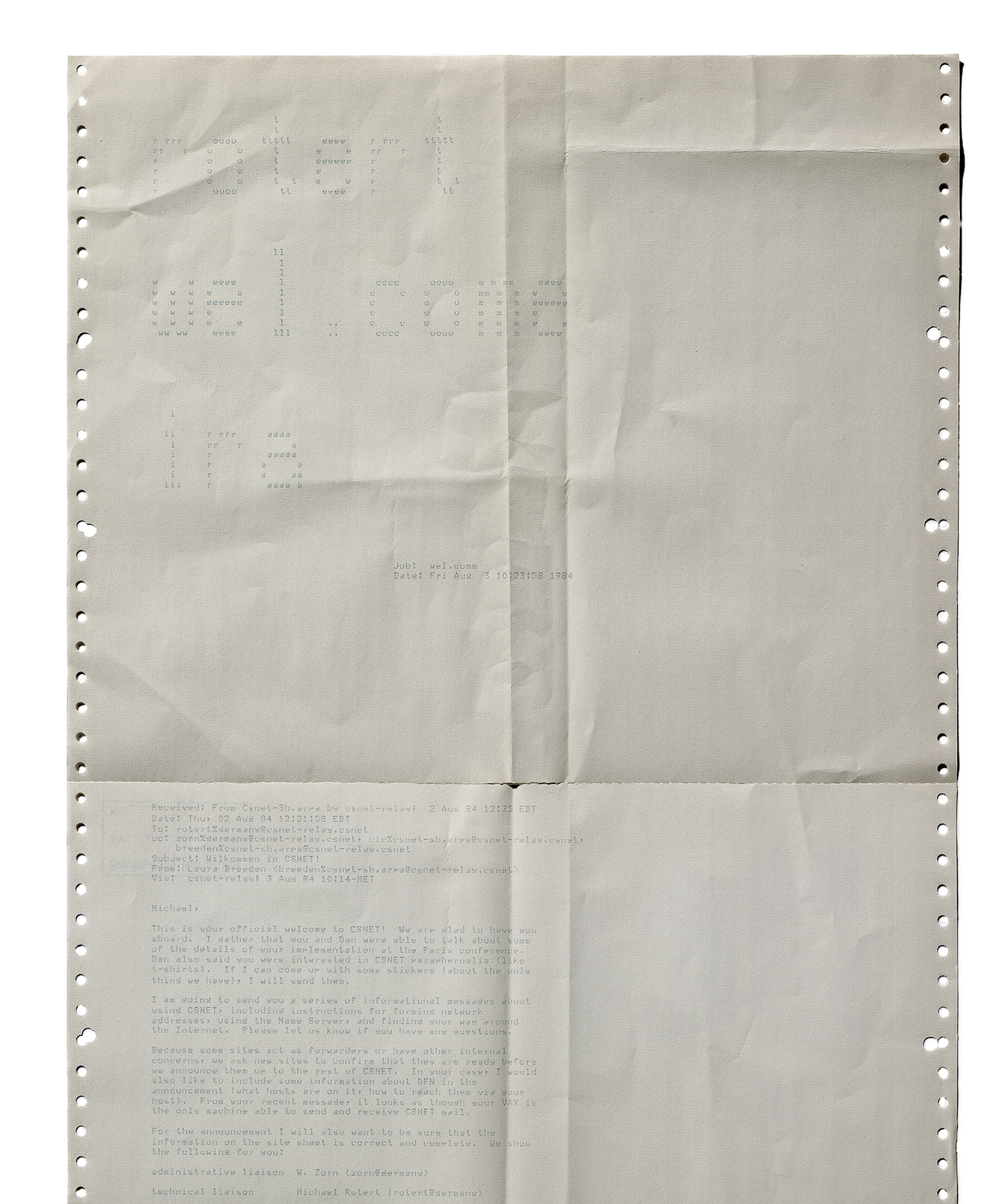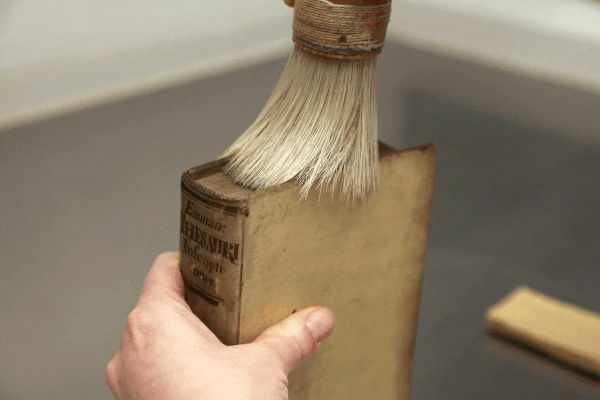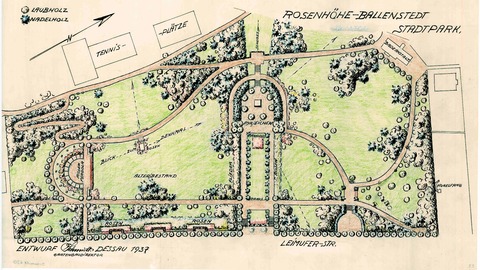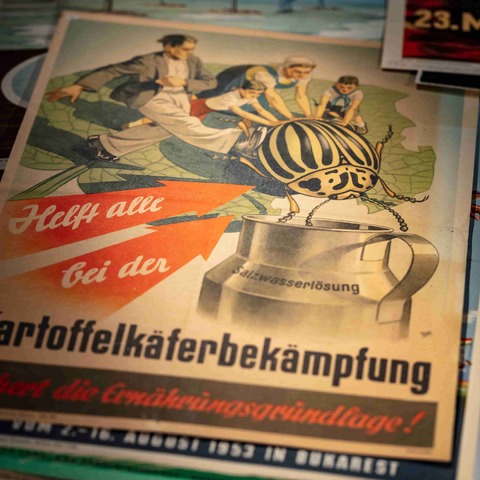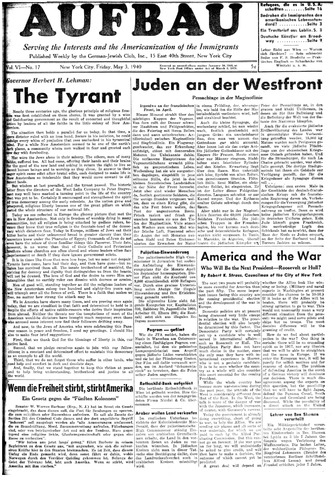Preservation in Ten Objects
Much of the basis of knowledge, culture and history lies in written documents. Their materiality puts these objects at risk: water, dirt, mould, pests and chemical deterioration processes consume their physical substances. Archives, libraries and their affiliated institutions hold responsibility for safeguarding written cultural heritage and preserving it for the long term. This responsibility can only be met collectively, across the boundaries of Germany’s 16 Länder and those between professional disciplines alike.
The Coordination Office for the Preservation of Written Cultural Heritage (KEK) was founded in 2011 to support this cooperation. It promotes the preservation of archives and collections, systematically gathers data and raises awareness of preservation’s importance outside specialist circles. Over the past decade, a broad range of written documents have been safeguarded thanks to two funding programmes, the KEK’s pilot project funding programme and the Federal Government Commissioner for Culture and the Media’s Special Programme. We are showcasing ten objects here that exemplify the many facets of preservation work at archives, libraries and museums.
